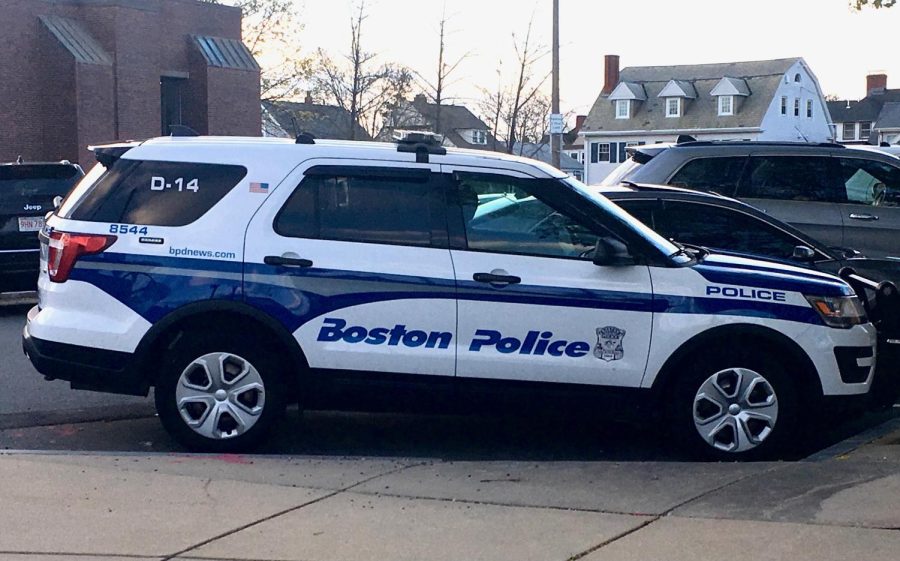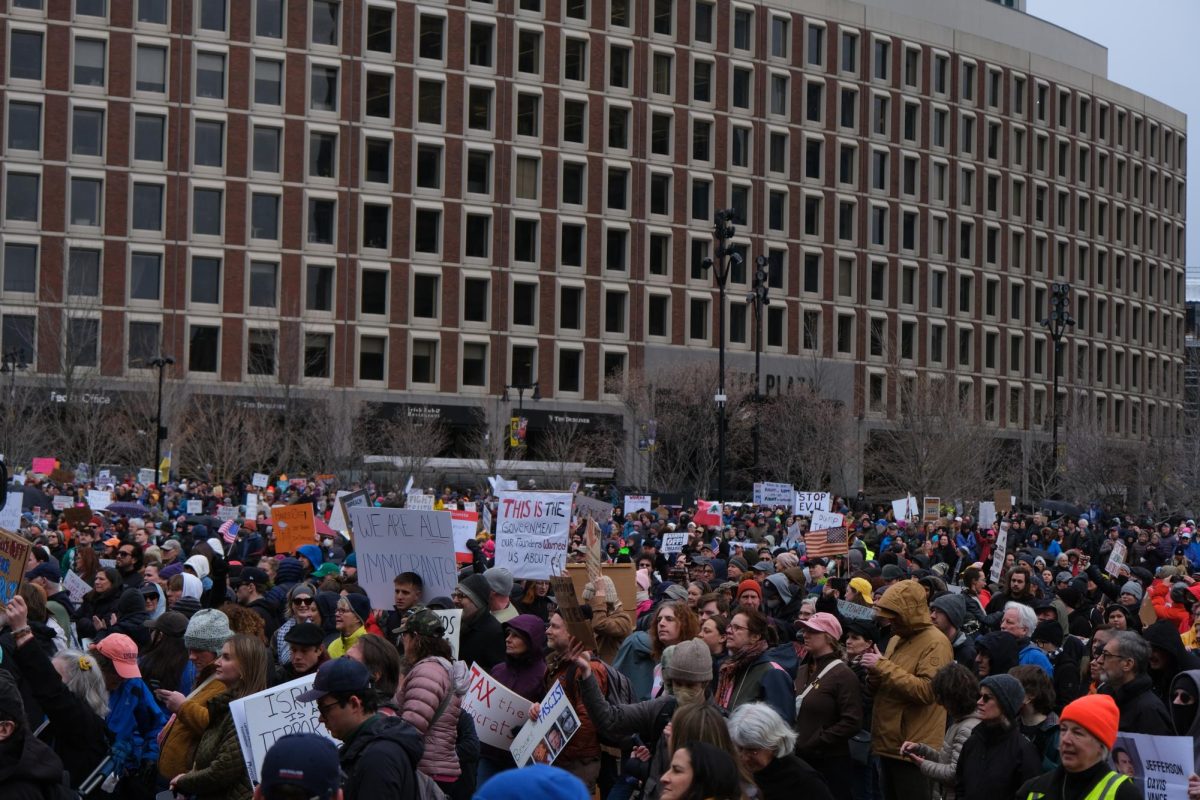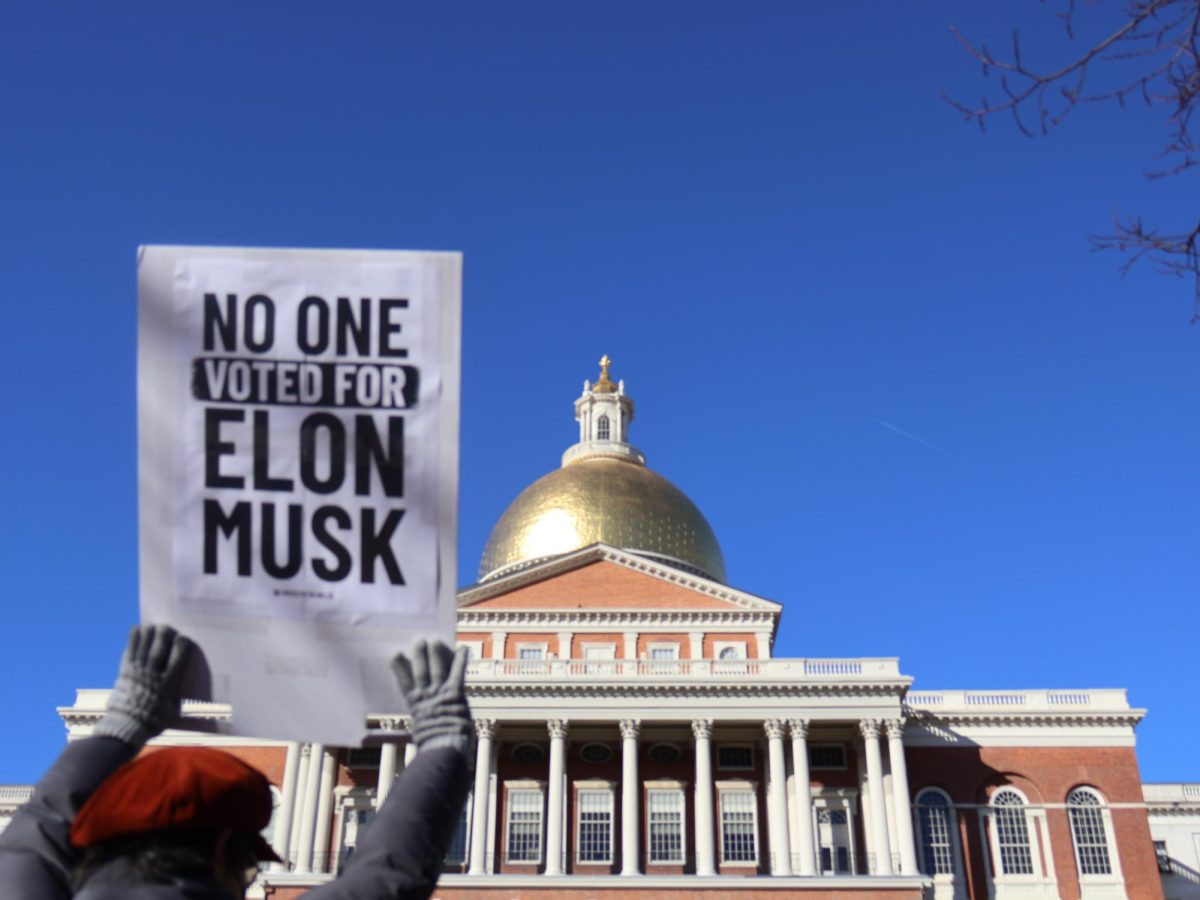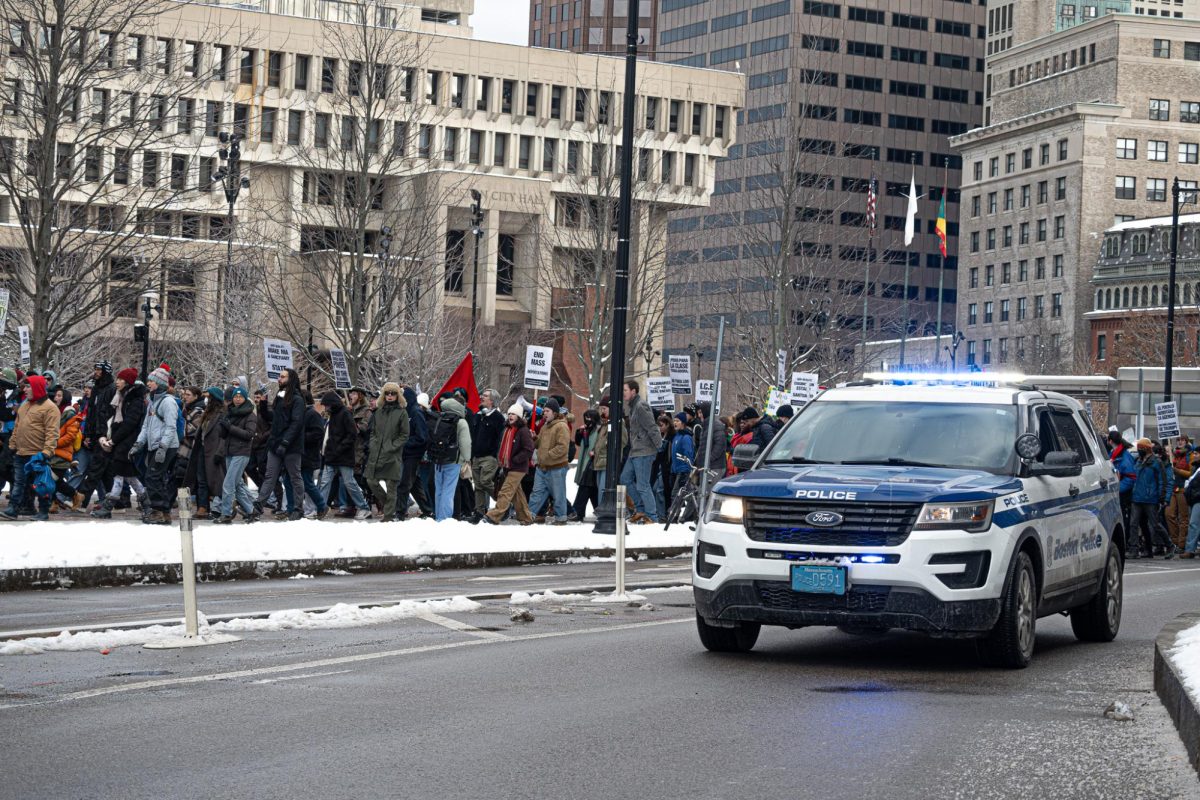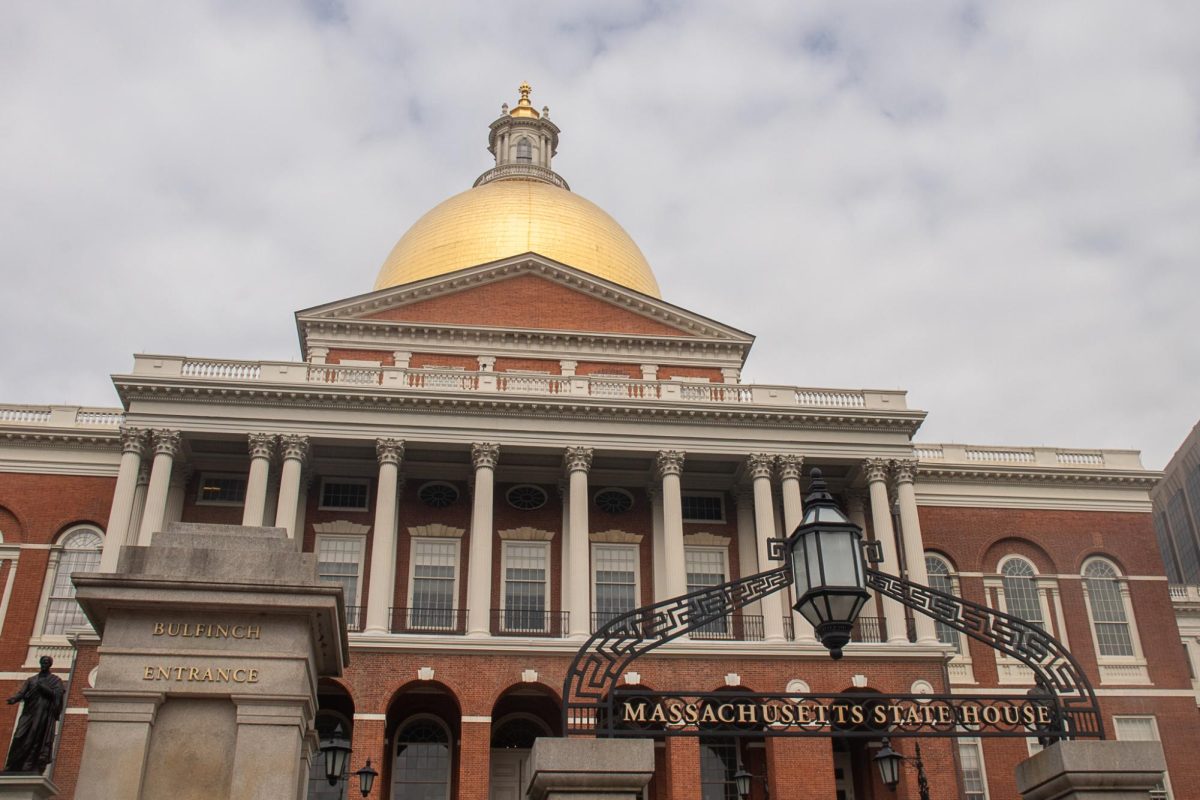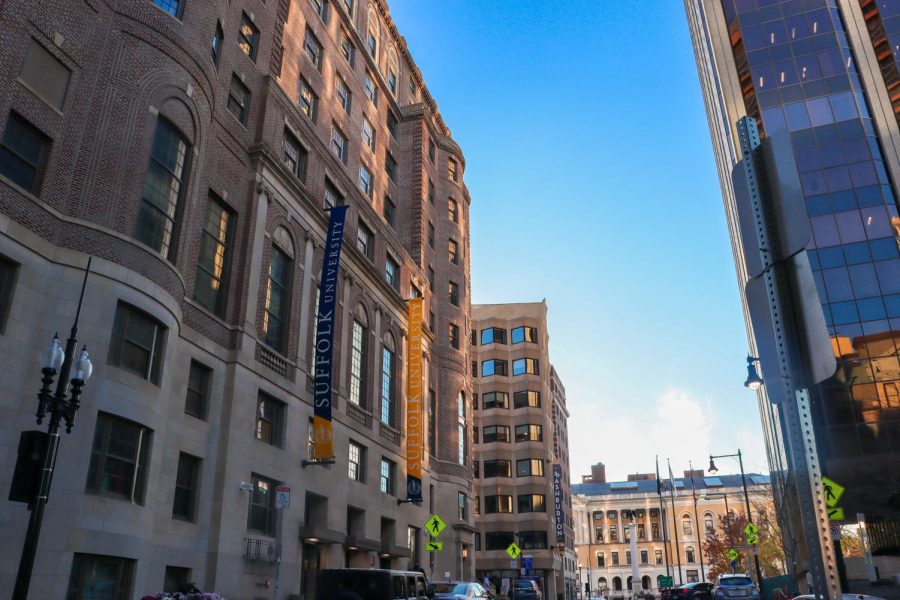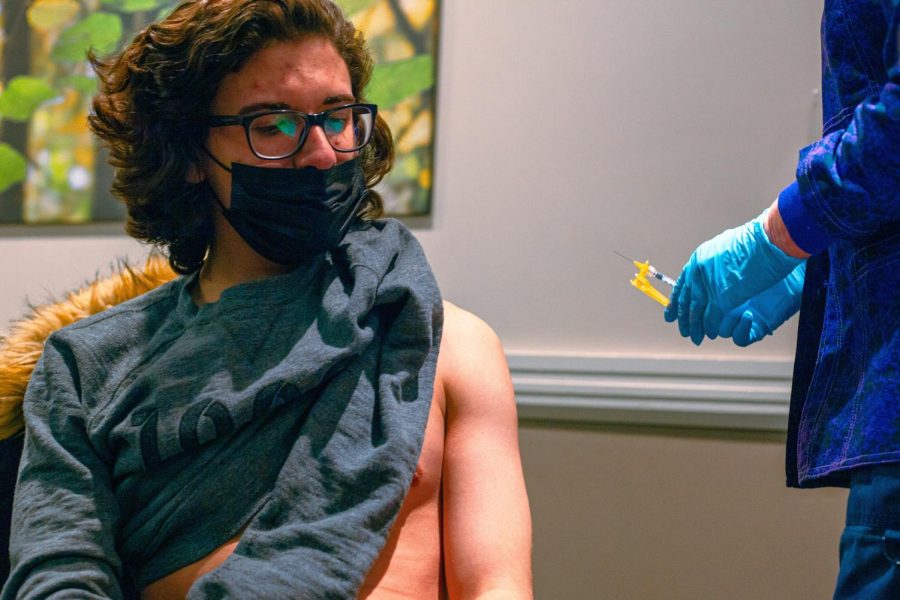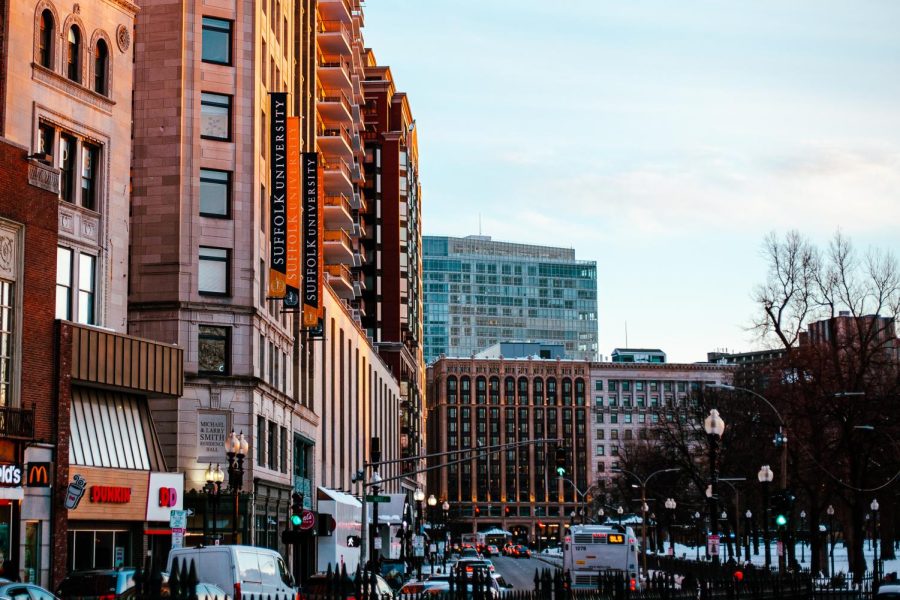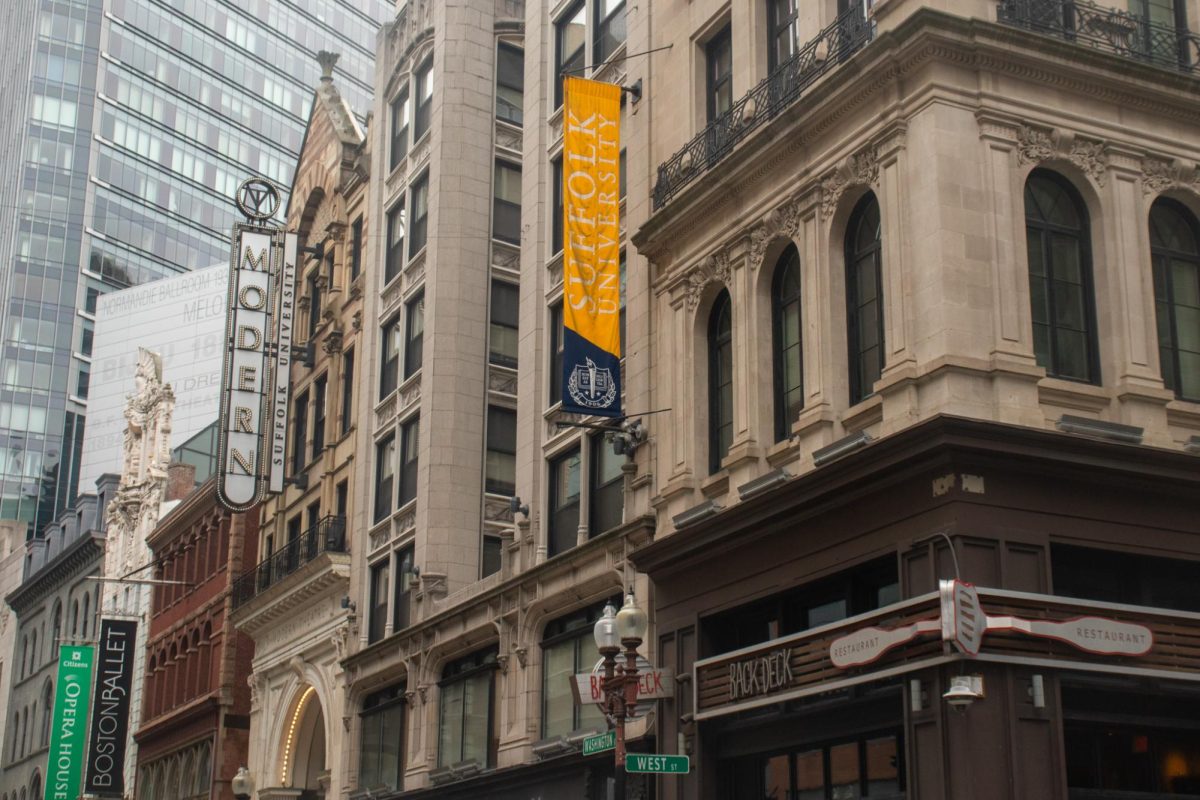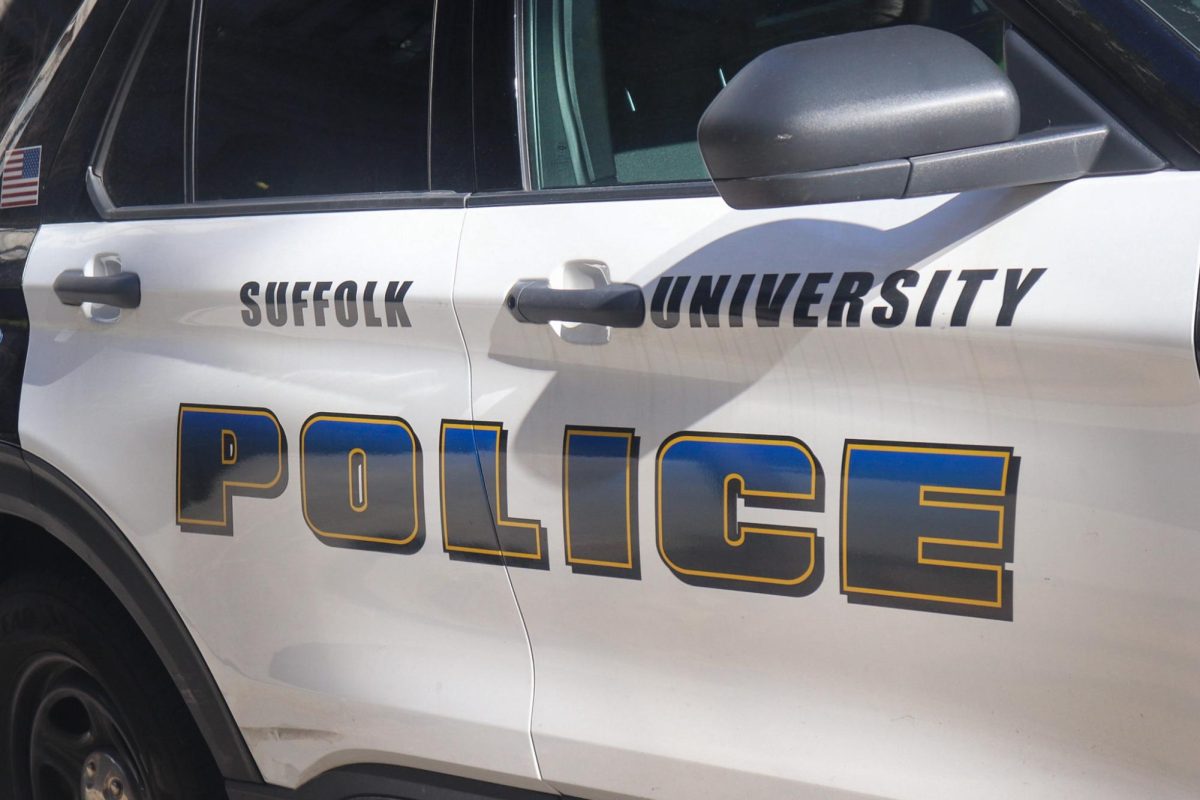The COVID-19 pandemic drastically changed many aspects of daily life for people all over the world, and for Bostonians, this was no exception.
The pandemic brought many new hardships to the city. Many residents lost their jobs, businesseses shut down, and many were unable to see their friends and loved ones or partake in everyday activities, such as going to school, libraries, restaurants or the gym.
On top of this, many residents lost family members or relatives to the virus and were often unable to see them before they passed away. These factors, along with the stay-at-home advisory issued by the state government, took a heavy toll on many residents’ physical and mental health.
Due to all of these factors brought by the pandemic, as well as studies that show that public health crises affect crime rates, the Boston Police Department suspected that the pandemic would affect crime rates in Boston as well.
Sgt. Detective John Boyle, who is the chief of media relations for the Boston Police Department, described what the department found regarding the overall crime rate in the city during the pandemic, as well as what specific trends in crime occured.
Boyle said that due to the widespread unemployment brought upon many people by the pandemic, Boston Police expected property crimes such as breaking-and-entering, theft, robbery and vandalism to skyrocket.
According to Boyle, the Boston Police also expected that violent crimes such as assault, battery, murder and rape would decrease, as well as organized crime, including gang violence and illegal drug distribution, due to the stay-at-home advisory that Massachusetts was under for the first few months of the pandemic.
“What police did see was a large increase in domestic violence that occurred during the months where most people stayed home due to COVID-19,” Boyle said. “Many domestic abuse victims were also forced to confine themselves with their abusers during this time.”
Crime reports released by the Boston Police Department showed that “the city saw a 22% increase in simple assault and battery reports of domestic violence” during the first couple months of the stay-at-home advisory. The data showed that there were 203 reports in March 2020, compared to 166 in March 2019.
“We did see a major increase in domestic crime, especially domestic abuse cases as a result of the lockdown and stay-at-home advisory,” said Boyle. “However, the overall crime rate in the city decreased as a result of the pandemic.”
Boyle said the Boston Police Department has formed special units to deal with the rising domestic crime rate during the first few months of the pandemic.
“We have created new task forces that specialize in de-escalation when responding to domestic abuse and domestic violence calls,” Boyle said.
According to Boyle, Boston Police expected an increase in property crime to be another issue that would arise during the pandemic. Boyle suspected these issues would particularly affect lower-income and impoverished communities as well as areas with a large homeless population, such as at the intersection of Massachusetts Ave and Melnea Cass Blvd.
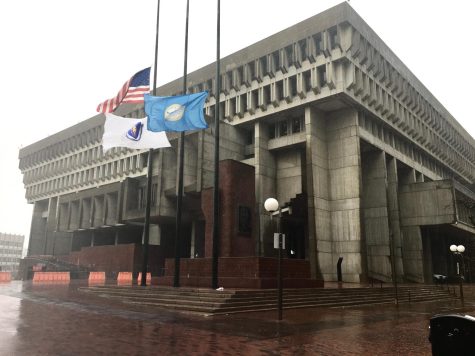
“Property crimes, such as theft and burglary were something that we thought we would see a major increase in, especially within the city’s disadvantaged neighborhoods as well as the homeless population.” Boyle said.
“Many of the homeless population were particularly worried that living in the shelters would increase the likelihood of their valuables being stolen, as well as increase the likelihood they would catch the virus,” Boyle continued. “Therefore many were reluctant to leave their encampments.”
Contrary to nationwide trends during the pandemic, Boston Police found that property crime as well as violent crime within the city decreased during the pandemic, according to a crime report from the department.
Boyle attributes this decrease in criminal activity to the Boston Police Department’s new reforms, including de-escalation and community policing.
“We are working hard to help build a better relationship between the police and the communities of Boston,” Boyle said. “We have been implementing many reforms, such as de-escalation and community policing, and we are continuing to work at improving every day.”
Erika Gebo, a criminal justice professor at Suffolk University, examined serious violence in Boston during the pandemic.
She explained that violent crime, such as shootings and stabbings, were up at the start of the pandemic but began to decrease in the fall after the stay-at-home advisory was lifted by the state government.
“Shootings in particular were increasing prior to the start of the pandemic,” Gebo said. “Shootings continued to increase during the very beginning of the pandemic, until falling off in late fall of 2020.”
Gebo said there are various hypotheses about the initial spike in violent crime, including fewer social services and counseling centers available.
“In-person social services were curtailed, so people could not necessarily access needed treatment and resources,” Gebo said. “Additionally, other people also purchased more guns during the
pandemic, which may have then been used for illegal purposes by non-owners.”
Gebo explained that there were several factors that may have led to the decrease in crime in late fall 2020.
“One factor that contributed to a decrease in crime was that people began to receive more economic relief from the state and federal government,” Gebo said.
“Furthermore, normalcy began to return after the lockdown and quarantine were lifted, so there was less stress and instability amongst the general population,” Gebo said. “There were more face–to-face and in-person services once the lockdown and quarantine were lifted,” she added.


